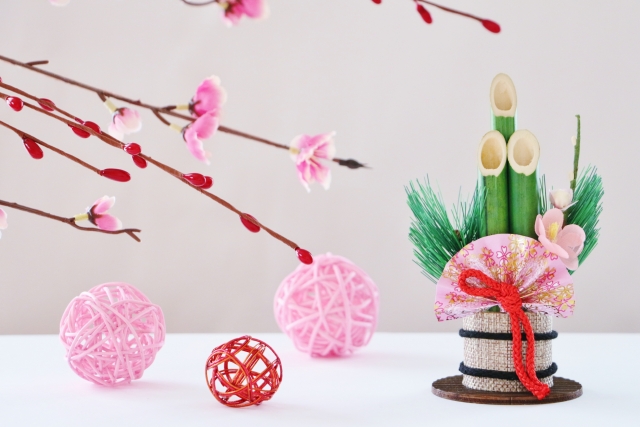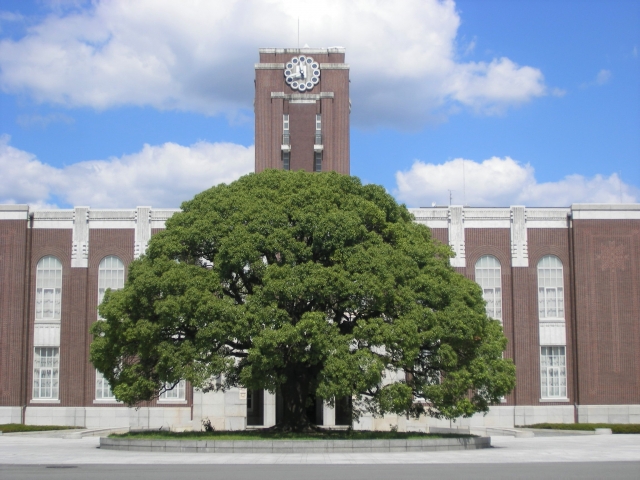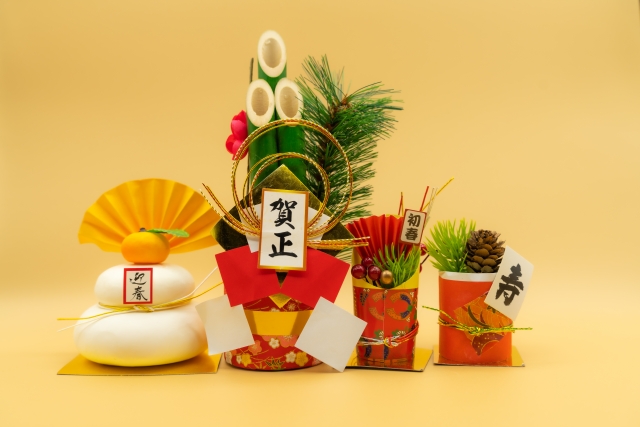Japan has four seasons. Spring,” “Summer,” “Autumn,” and “Winter” each bring us beautiful natural scenery.
When I spend my days feeling the changes of the four seasons, I can’t help but remember the joy of living in Japan.
Japan is not the only country that has four seasons, but many people often describe them as “the four seasons of Japan are beautiful.

Click here to learn Japanese language with the best one-on-one Japanese tutoring lessons in online.
In this page, we will take a fresh look at Japan’s four seasons.
Contents
About the Four Seasons in Japan
This video reminds us of the beauty of Japan’s four seasons.
The four seasons differ depending on how you “perceive” them.
Therefore, we sometimes feel a discrepancy between the seasons and our actual senses.
Schools and government offices often divide the “fiscal year” into the months of April to June for spring, July to September for summer, October to December for fall, and January to March for winter.
The corporate fiscal year is also often divided in the same way.
In addition, television and radio programs are also organized accordingly.
Since we are accustomed to life at school or at work, the division into April, when a new fiscal year begins, is probably the most comfortable for us.
Apart from this, there are four seasons, “spring,” “summer,” “autumn,” and “winter,” as officially defined by the Japanese Meteorological Agency as terms.
According to this, spring is from March to May, summer from June to August, autumn from September to November, and winter from December to February. Weather reports also follow this classification.
However, since the Japanese archipelago stretches from north to south, the climate varies from region to region. Therefore, it may not match the actual sensation.
Then there are four seasons based on the calendar
These are perceived to be more than one month earlier than the actual four seasons.
Therefore, we can say that Risshun is the peak of cold weather and Risshuu is the peak of hot weather.
In weather forecasts, people sometimes say, “It is spring according to the calendar, but it looks like the cold days will continue.
Haiku seasonal words are also based on these seasons.
Here is a summary of the classification of the four seasons.
| Schools, etc. | JMA | 暦 | |
| Spring | April – June | March – May | Risshun (around Feb. 4) ~ |
| Summer | July – September | June-August | Riskka (around 5/5) ~ |
| Autumn | October-December | September-November | Risshu (around Aug. 7) ~ |
| Winter | January – March | December – February | Ristto (around 11/7) ~ |
Japan belongs to the temperate zone and its climate changes slowly.
This allows us to live in a way that allows us to take our time and savor the changes of the four seasons.
Therefore, living in Japan’s natural environment is probably a source of much joy.
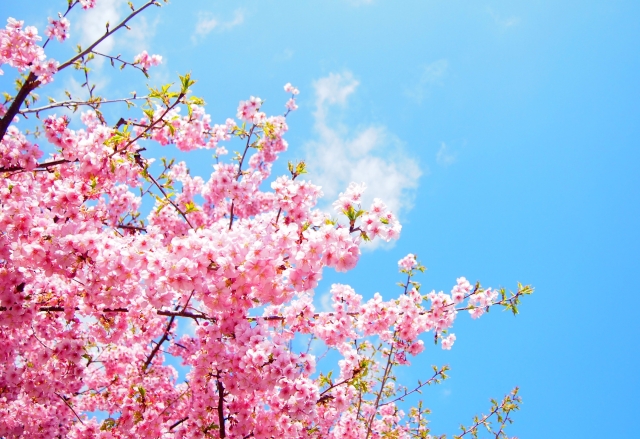
Only Japan has four seasons?
As mentioned earlier, Japan is in the temperate zone, so the seasonal changes are relatively clear.
Therefore, the year can be divided into four equal parts: spring, summer, fall, and winter.
In the tropics, however, temperatures do not change much throughout the year, and rainfall varies widely, so the year is divided into wet and dry seasons.
In the frigid zones, it is difficult to sense spring and autumn, and in high latitudes, summer is extremely short.
In other words, although there are countries other than Japan that have four seasons, Japan in particular has four distinct seasons: spring, summer, fall, and winter.
Flowers of the Four Seasons in Japan
What is the flower that represents the four seasons in Japan?
In spring, the cherry blossom is the most representative flower of Japan.
When the cherry blossoms begin to bloom, we hear the term “sakura zensen” (cherry blossom front), and the forecast and status of cherry blossom blooming in various regions is reported daily.
Dandelions, tulips, and rape blossoms are also typical spring flowers.
Then there are flowers that represent summer, such as morning glories and sunflowers.
Morning glories are said to have experienced two “morning glory booms” during the Edo period.
In addition to the flowers themselves, autumn is also marked by the bright reds and yellows of the autumn leaves.
Winter is represented by plum blossoms and camellias that bloom in the bitter cold.
Flowers such as sasanqua, narcissus, and fukujuso are also attractive.
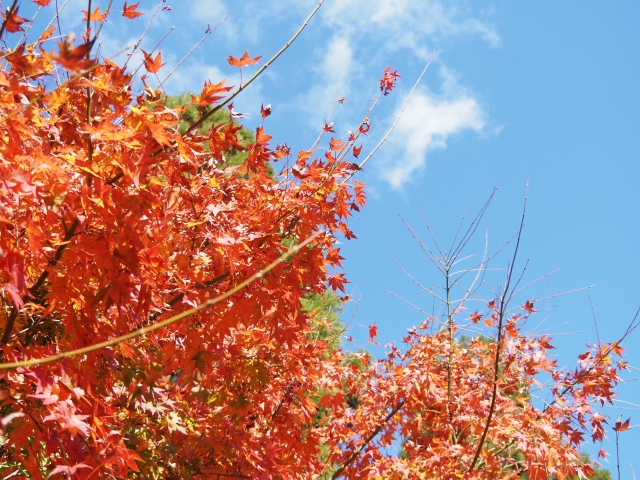
Events of the Four Seasons in Japan
Each of the four seasons in Japan has its own seasonal events.
Let us list them by season. For related information, please refer to the other items.
Events in Spring
- Ohigan ⇒ What is Vernal Equinox Day?
- Cherry blossom viewing
- Tango no Sekku => Origin of Children’s Day
Summer events
- Change of clothes
- Tanabata ⇒ Origin of somen noodles and tanzaku strips
- Obon ⇒ Obon ball Welcoming fire and sending off fire
Autumn events
- Tsukimi ⇒ What is the meaning of Otsukimi?
- O-higan => What is the autumnal equinox?
- Autumn leaf peeping
Winter events
- New Year’s Day ⇒ How long do I have to decorate for New Year’s?
- Setsubun ⇒ Setsubun no mame
- Hinamatsuri ⇒ What is the meaning of eating Hamaguri?
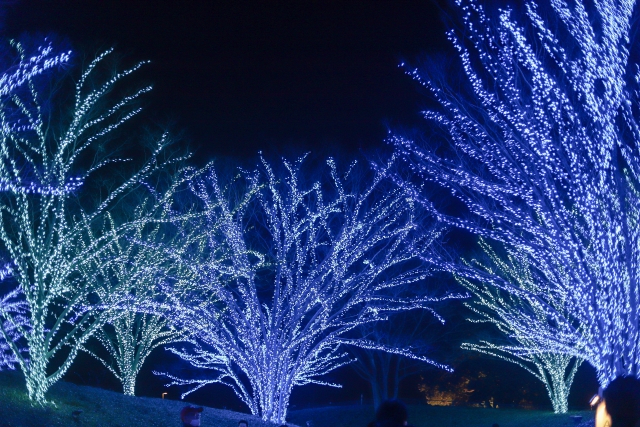
Summary
- Seasonal divisions differ according to schools, government offices, weather bureaus, calendars, etc. o Japan belongs to the temperate zone.
- Japan belongs to the temperate zone, so we can clearly feel the change of seasons (four seasons).
Each of Japan’s four seasons has its own unique beauty and cultural events that make living in Japan a deeply pleasurable experience.
Typical flowers of each season, such as cherry blossoms in spring, sunflowers in summer, autumn leaves in fall, and plum blossoms in winter, add color to the changing of the seasons.
In addition, events such as hanami (cherry blossom viewing), tanabata (star festival), and tsukimi (moon viewing) provide enjoyment in each of the four seasons.
These natural changes and traditional events demonstrate that Japan’s four seasons do not merely mark the passage of time, but also shape the rhythm of life and the richness of its culture.
This unique sense of seasonality makes life in Japan special and a source of joy for many people.



